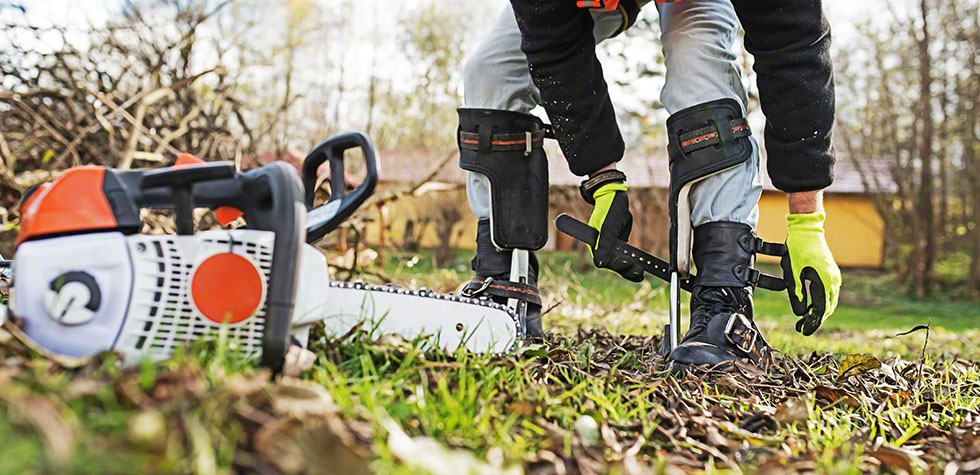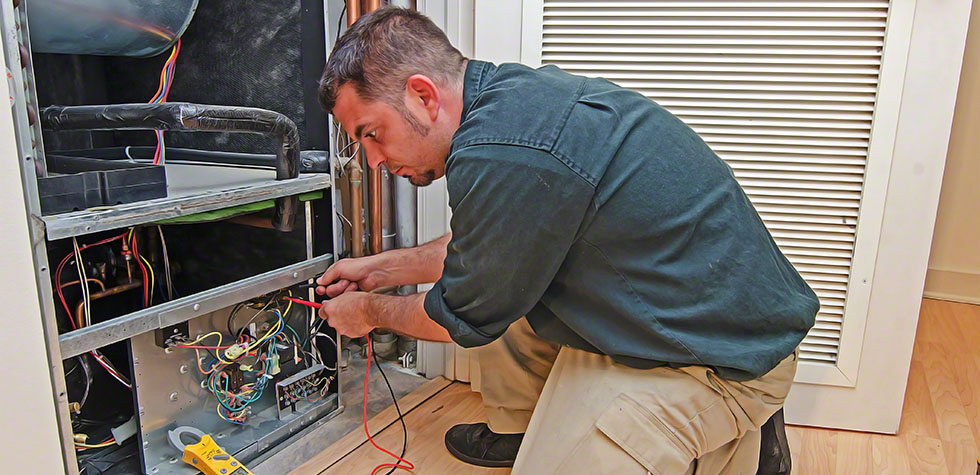The beautiful, messy, and tall-standing birch tree is common in a lot of homes. What’s also common is the infestation of diseases on the tree. Here is everything you need to know about birch tree diseases. If you act early, you can save the tree, or you will be needing tree cutting services to fell the tree.
Aphid Infestation
Tree aphids are small round insects with protruding heads, and they are either yellow, brown, or black. They latch onto the birch tree to suck the sap from it. Aphids also leave behind a sticky substance called honeydew and that is one of the biggest indicating factors of infestation on a birch tree.
They can lead to brown and lifeless leaves and stunted growth. For the removal of Aphids, you can use a wet washcloth and detergent to wipe them away.
Dusky Birch Sawfly
The dusky birch sawfly is similar in appearance to a caterpillar with its long and lithe body, with brown blotches at the sides and green-brown slithering bodies. They are also quite striking in appearance with wasps. They feed on the leaves and can cause a lot of damage to the branches and the leaves will look half or more eaten away.
Birch trees under sawfly attack will look ragged and messy in appearance. The best way to remove sawflies is to remove the larvae by hand. You can also spray insecticides to ensure that they never infest the tree again, but inspection is important.
Birch Leafminer
Birch leafminer lives between the spaces of the birch trees and they are small sawflies that lay their eggs in the layers of the birch tree. Leafminers usually feed on the leaf tissue and they can lead to a decrease in leaf growth on the tree. The most common symptom of a leafminer attack is the browning and scorching of the leaves, making them look splotchy and ragged.
These insects also cause the leaves to fall off prematurely and they also make the tree look unpleasant. The introduction of wasps on the tree is great to make leafminers history. Also, keeping the trees at a distance and clean at all times will ensure that leafminers do not infest them again.
Bronze Birch Borer
This insect mainly targets the bark and the woodsy parts of the tree. The brown birch borer crawls like an insect and it has larger-than-life life eyes and white random dots on the wings.
Any attack on the bark will lead to nutrient deficiency in the tree and it’s only a matter of time until the tree wilts and weakens. This is why it is recommended to prune the birch trees from time to time and also manually remove the insects or have predators do the work for you.
Fall Webworm Infestation
Fall webworms are small worms with fuzzy hair all over the surface of their bodies and they transform into white moths later on. Luckily, these worms are not as harmful as other pests and insects and they don’t cause a great deal of damage, aside from some leaf damage by eating the green parts away.
There might be holes in the leaves and there might also be browning of the leaves at some point because the webworms attach themselves to the inner part of the leaves and thrive there. To get rid of these worms, birds are the best bet.
Gypsy Moth
Gypsy moth is a long and fuzzy caterpillar with blue and red dots all over its slimy body. Gypsy moth is a very rigorous critter and it can cause a great deal of damage to birch trees once it latches onto them.
Gypsy moth can lead to defoliated branches, browning of the leaves, and other problems that can lead to the weakening of the tree. This is not good at all, because a gypsy moth can also lead to the death of the tree and it keeps feeding on the tree until every single nutrient is sucked clean from its roots.
Gypsy moths usually lay their eggs in the fall and winter time, so this is the best time to attack and save the birch tree. You want to spray insecticides on the tree to ensure that the gypsy moths and their eggs die for good and if you see a lone moth, then it’s best that you get rid of it by hand picking and inspecting the tree so that there isn’t anything else on the tree. Gypsy moth is a dangerous critter for birch trees since their appetite is surreal, so you want to ensure that your tree is safe. Otherwise, you will need to call in a team from tree removal companies Kensington to cut down the tree.
Attack Of Japanese Beetle
Japanese beetle, also known as Popillia japonica, is a bug that has a metallic-like body with bronze wings. As beautiful as the creature is, it is just as deadly to the birch tree.
Infestation of the Japanese beetle is most common during the day and in the summer, when these insects are looking for birch trees to thrive on. They’re also very small, about half an inch long, but they can do damage like nothing else.
Japanese beetles can attack the leaves, eating around the veins of the leaves and the worst part of it all is that these small critters also attack the fruits and flowers of the tree. This can cause a decline in fruit and flower production and it can not only attack birch trees, but other types of trees in the vicinity too.
The best way to get rid of Japanese beetles is to spray the tree constantly, hand pick the insects if the infestation isn’t too severe, and use insecticides to save the tree from further damage, because if the infestation reaches a certain point then it can lead to a lot of damage and can turn your lovely birch tree into a hazardous tree.
Lace Bugs
Birch trees – the leaves especially have sap in them and one of the insects that love to feed on them are lace bugs. These insects are very small, about an eighth of an inch big and they have very detailed wings, looking like lace details. Lace bugs usually live under the leaves, where they’re safe to thrive and breed. They also lay their eggs there. Lace bugs, even though they’re minute, can cause a lot of damage.
Birch tree leaves can turn yellow, the leaves can split, they will curl inwards and they will also brown up very fast. If the lace bug infestation is too severe, then it can affect the growth of the tree and it can also lead to the death of the tree, especially if the lace bugs find their way into the essential roots of the tree, cutting off their nutritional supply.
For removal of lace bugs, the best way is to remove the infested leaves and introduce small predators like ladybugs that won’t damage the tree but will wipe away all traces of lace bugs. Several insecticides and chemicals can also be used on the birch tree to get rid of lace bugs.
Conclusion
Birch trees are very friendly and easy-to-maintain, but they also need to be looked after, so that they don’t fall victim to diseases and pests. Consult tree services Potomac for tree care, inspection, or removal.




